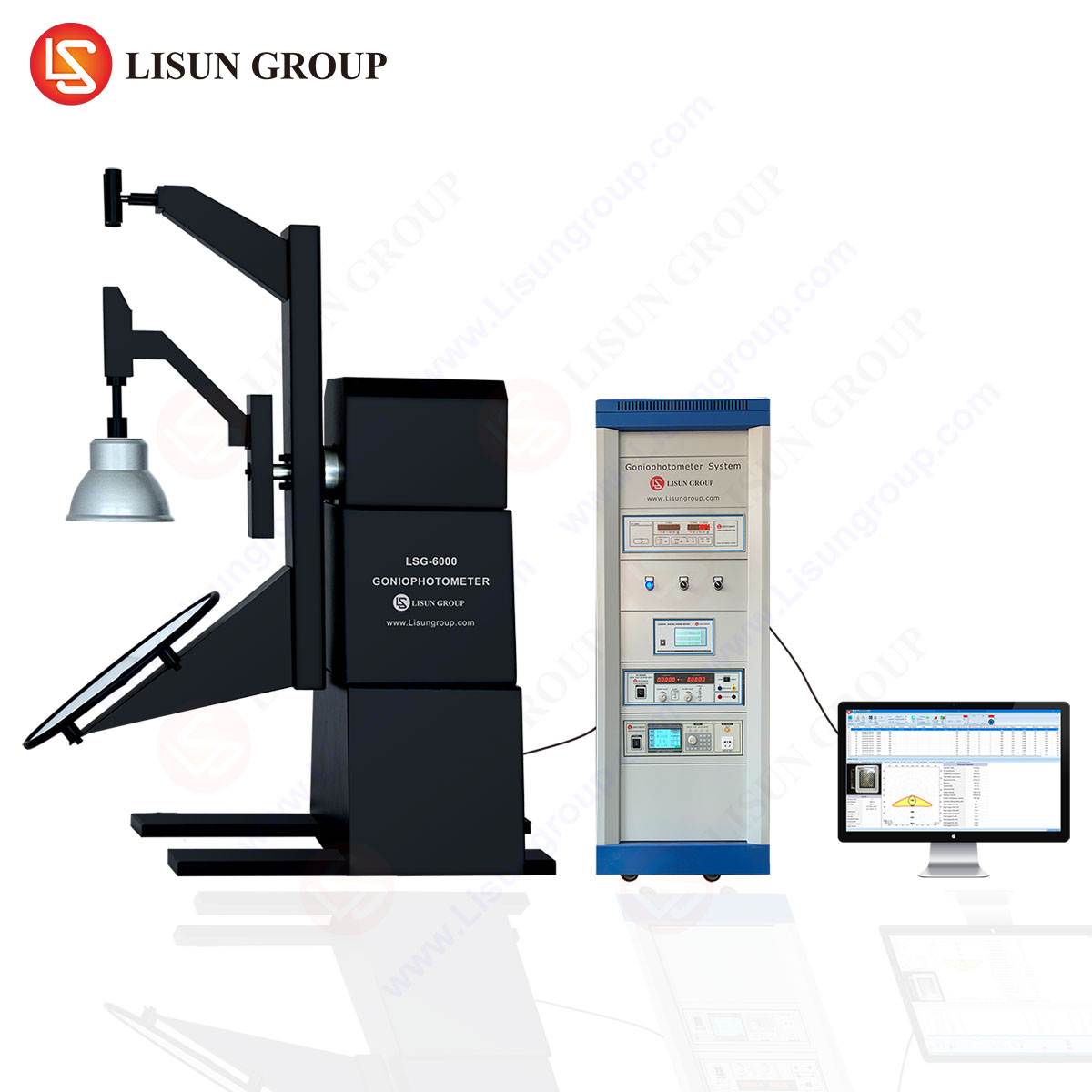Introduction to Integrating Sphere Systems in Photometric and Radiometric Measurement
Integrating spheres are critical instruments for measuring luminous flux, colorimetric properties, and spectral power distribution (SPD) of light sources. They are widely used in industries such as LED manufacturing, automotive lighting, aerospace, and medical lighting. This article provides a technical comparison between LISUN’s LPCE-3 Integrating Sphere Spectroradiometer System and Everfine’s competing solutions, evaluating their design, performance, and applicability across multiple industries.
Design and Construction: Material and Optical Properties
LISUN’s LPCE-3 system features a high-reflectance barium sulfate (BaSO₄) coating with a reflectance factor exceeding 95%, ensuring minimal light absorption and uniform spatial response. The sphere’s internal baffle design reduces stray light interference, critical for high-precision measurements. Everfine’s spheres also utilize BaSO₄ coatings but may differ in baffle geometry and port placement, potentially influencing measurement consistency.
A key distinction lies in the modularity of LISUN’s LPCE-3, which supports interchangeable auxiliary light sources for self-calibration, a feature particularly beneficial in scientific research laboratories where traceability is paramount.
Spectroradiometer Performance: Accuracy and Wavelength Range
The LPCE-3 integrates a high-resolution CCD spectroradiometer with a wavelength range of 380–780 nm (extendable to 200–1100 nm for specialized applications). Its full-width half-maximum (FWHM) of ≤2 nm ensures precise spectral analysis, complying with CIE 177, CIE-13.3, and IES LM-79 standards.
Everfine’s spectroradiometers offer comparable wavelength ranges but may exhibit slight deviations in FWHM and signal-to-noise ratio (SNR), particularly in low-light conditions. Independent validation studies suggest LISUN’s LPCE-3 achieves superior repeatability (±0.3% deviation) in LED flux measurements, a critical factor for LED and OLED manufacturers requiring batch consistency.
Application-Specific Performance in Industry Use Cases
LED and OLED Manufacturing
The LPCE-3’s ability to measure correlated color temperature (CCT), color rendering index (CRI), and luminous efficacy (lm/W) with high repeatability makes it indispensable for LED production lines. Everfine’s systems perform similarly but may require additional calibration cycles to maintain accuracy over extended periods.
Automotive Lighting Testing
Both systems comply with ECE and SAE photometric standards. However, LISUN’s LPCE-3 includes specialized software for analyzing adaptive driving beam (ADB) systems, offering dynamic testing modes that simulate real-world conditions—an advantage for automotive R&D teams.
Aerospace and Aviation Lighting
In aviation, strict adherence to FAA and ICAO lighting regulations is mandatory. The LPCE-3’s spectroradiometer can detect minute spectral shifts in navigation and cabin lighting, ensuring compliance with stringent safety standards.
Photovoltaic Industry
For solar cell testing, the LPCE-3’s extended wavelength range (200–1100 nm) enables accurate quantum efficiency (QE) measurements, a feature less emphasized in Everfine’s standard configurations.
Software and Data Analysis Capabilities
LISUN’s LMS-9000 software provides real-time data visualization, multi-parameter analysis, and automated report generation, supporting formats compatible with ISO/IEC 17025 accredited labs. Everfine’s software is similarly robust but may lack advanced scripting capabilities for custom test sequences in optical instrument R&D.
Regulatory Compliance and Standardization
Both LISUN and Everfine systems meet major international standards, including:
- CIE 177 (LED measurement)
- IES LM-79 (electrical and photometric testing)
- ANSI C78.377 (chromaticity standards)
However, LISUN’s LPCE-3 is pre-calibrated with NIST-traceable standards, reducing setup time for laboratories requiring immediate deployment.
Cost Efficiency and Maintenance Considerations
While Everfine’s solutions may have a lower initial cost, LISUN’s LPCE-3 offers longer service intervals due to its wear-resistant sphere coating and modular components. Total cost of ownership (TCO) analyses indicate superior ROI for high-throughput environments like LED manufacturing plants.
Conclusion: Key Differentiators and Recommendations
The LPCE-3 excels in precision, modularity, and application-specific adaptability, making it the preferred choice for industries demanding rigorous photometric and radiometric validation. Everfine provides competent alternatives but may lag in specialized use cases requiring extended spectral analysis or dynamic testing modes.
FAQ Section
1. What is the typical calibration interval for the LPCE-3 system?
Annual recalibration is recommended, though the system’s stability allows for extended intervals in controlled environments.
2. Can the LPCE-3 measure pulsed light sources, such as those used in automotive LED strobes?
Yes, its high-speed CCD spectroradiometer supports pulsed light analysis up to 10 kHz.
3. Does the LPCE-3 comply with EN 13032-1 for street lighting measurements?
Yes, it is fully compliant and includes pre-configured test protocols for urban lighting design applications.
4. How does the LPCE-3 handle heat dissipation from high-power LED testing?
The sphere includes active cooling ports and heat-resistant coatings to maintain accuracy during prolonged high-luminance testing.
5. Is the LPCE-3 suitable for medical lighting validation, such as surgical LED systems?
Absolutely, its precision in SPD and flicker analysis ensures compliance with IEC 60601-2-41 for medical lighting equipment.







